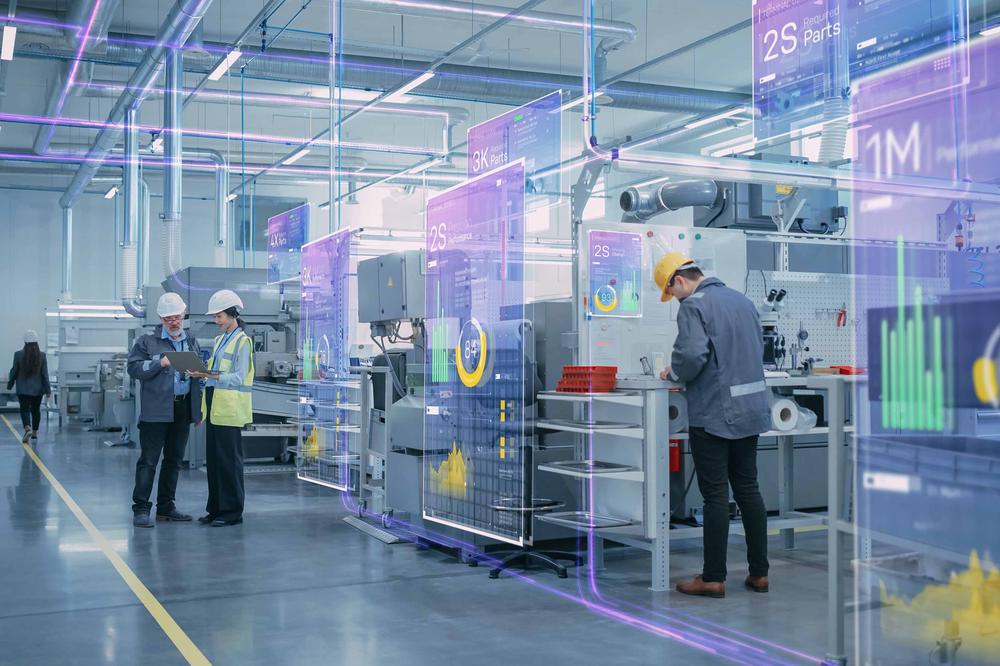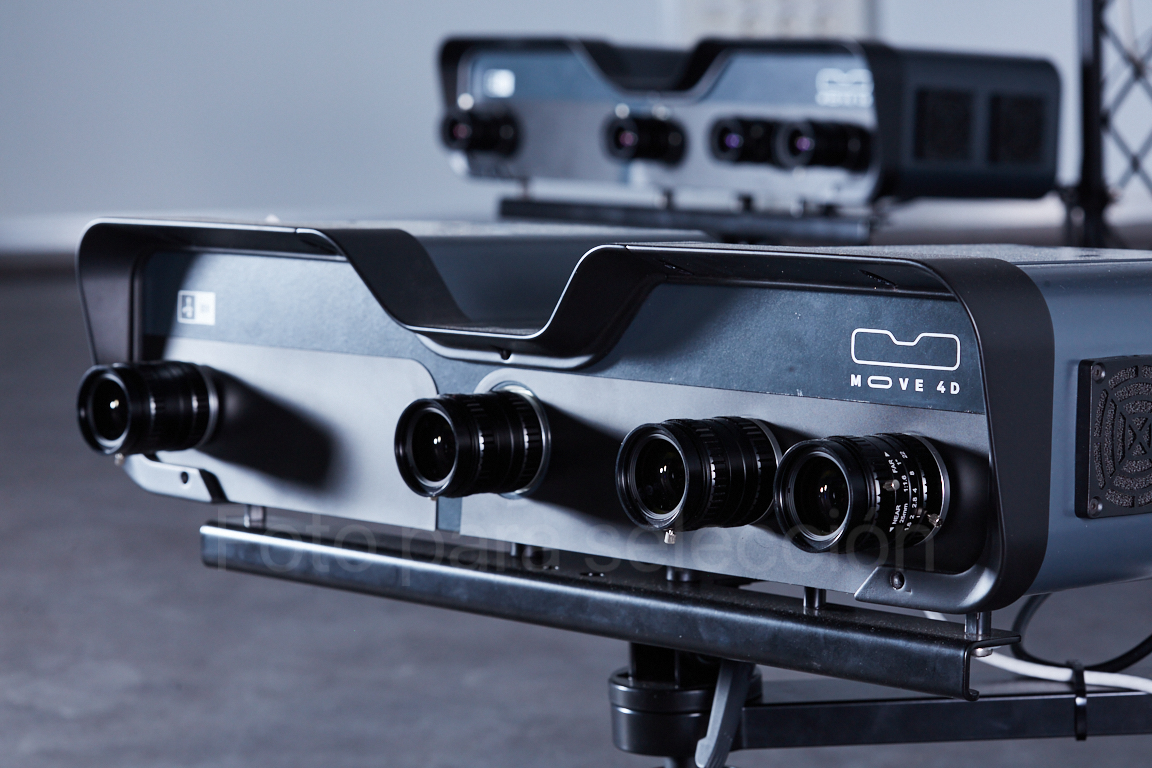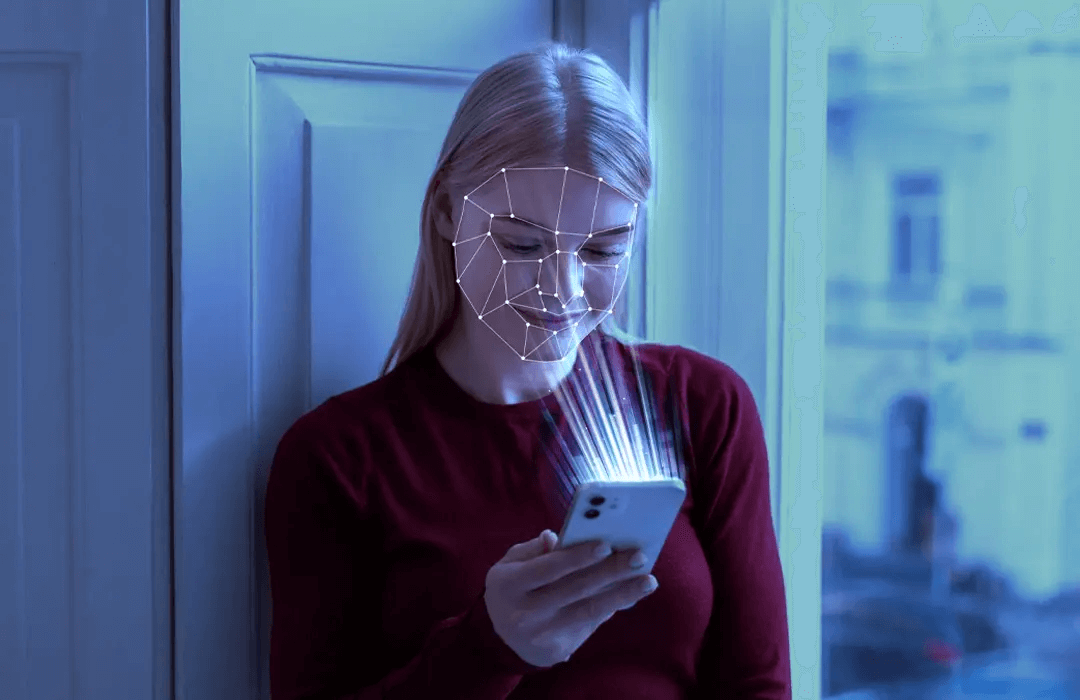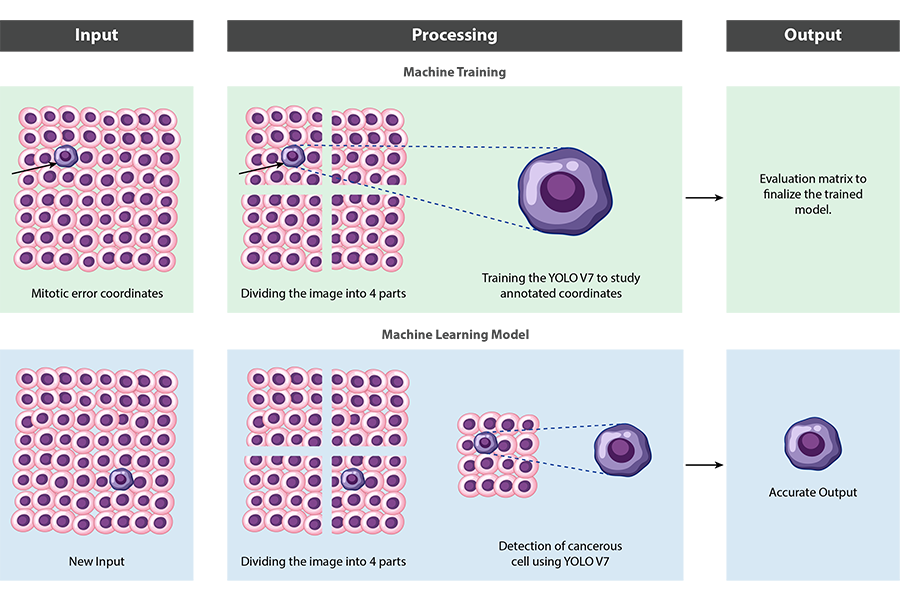
The B2B platform for the best purchasing descision. Identify and compare relevant B2B manufacturers, suppliers and retailers
Close
Filter
Result configuration
Continents
Select continent
Locations
Result types
Company type
Select company type
Industries
Select industry
Company status
Select company status preset
Number of employees
Min.
Max.
Founding year
viso.ai
Schaffhausen, Switzerland
A
11-50 Employees
2017
Key takeaway
Viso Suite is a leading platform in computer vision, enabling the rapid development of applications like object detection and recognition without the need for extensive coding. Their innovative visual programming approach allows businesses, including Fortune 500 companies, to deploy computer vision solutions efficiently, often within two weeks.
Reference
Product
Computer Vision for Technology Companies - viso.ai
Real-world computer vision solutions for tech companies, including object detection, recognition and tracking applications.

MCovision
France
A
1-10 Employees
-
Key takeaway
MCovision is a specialized Data Science consulting company that focuses on Computer Vision applications. They offer customized Machine and Deep Learning algorithms to enhance projects, ensuring qualitative and accurate data science solutions tailored for various industries.
Reference
Core business
MCovision | Consulting & Expertise in Computer Vision
Mcovision is a Data Science consulting company specialized in Computer Vision
Computer Vision Foundation
New York, United States
B
11-50 Employees
2011
Key takeaway
The Computer Vision Foundation is a non-profit organization dedicated to promoting and supporting research in all areas of computer vision.
Reference
Core business
Information – The Computer Vision Foundation
Looking for more accurate results?
Find the right companies for free by entering your custom query!
25M+ companies
250M+ products
Free to use
Q.E.F. Electronic Innovations B.V.
Montfoort, Netherlands
A
11-50 Employees
1993
Key takeaway
QEF is dedicated to developing advanced technology, including hyperintelligent camera control systems specifically designed for computer vision applications. Their innovative computer vision systems cater to various industries, such as food and mailing.
Reference
Product
Computer Vision | QEF
Visaltium
Barcelona, Spain
A
1-10 Employees
-
Key takeaway
Visaltium is a pioneer in computer vision solutions and services, utilizing the latest technologies to transform industries through tailored applications of Artificial Intelligence and Deep Learning. Their expert team ensures that products not only meet current client needs but also prepare them for future innovations in the field.
Reference
Core business
Visaltium
Your Computer Vision Partner.
Vision AI Suite
Johannesburg, South Africa
C
51-100 Employees
2017
Key takeaway
The company utilizes computer vision technology through its visionTrack system, which enhances manufacturing processes by integrating with existing CCTV systems to identify, track, and analyze activities on production lines. This advanced image recognition and object detection capability automates production, improves quality control, and provides valuable insights for more efficient operations.
Reference
Product
Computer Vision - visionAI
Computer Vision allows a computer to read its surroundings and identify things, similar to how human vision perceives things.
DeepRay
Athens, Greece
B
1-10 Employees
2020
Key takeaway
DeepRay specializes in computer vision, utilizing deep learning models for various applications, including car damage auditing, vessel detection via satellite, and road network extraction from satellite images.
Reference
Service
DeepRay::Services::Computer Vision
Softarex Technologies, Inc.
Alexandria, United States
B
101-250 Employees
2000
Key takeaway
Softarex Technologies Inc. specializes in computer vision engineering services that empower businesses to enhance their operational efficiency and decision-making capabilities. Their innovative solutions, which integrate computer vision and artificial intelligence, have significantly improved kitchen operations for major fast-food chains and are being utilized across various industries, including healthcare and manufacturing.
Reference
Service
Services: Computer Vision Engineering - Softarex
Softarex Technologies Inc. offers computer vision engineering services to enable your business to actually "see" and "think".
ml4vision
Leuven, Belgium
A
1-10 Employees
2021
Key takeaway
The company specializes in developing computer vision solutions, offering a range from proof-of-concept to fully operational applications, emphasizing their commitment to applying the latest technologies and optimizing the machine learning pipeline for various industries.
Reference
Core business
ml4vision - Computer vision for the real world
We develop computer vision solutions, ranging from proof-of-concept to full-fledged production-ready applications.
Red Buffer
Dover, United States
B
51-100 Employees
2013
Key takeaway
Red Buffer specializes in developing advanced systems that enhance efficiency in data processing, including applications in computer vision. With over 7 years of experience in machine learning, the company is well-equipped to transform AI visions into practical solutions.
Reference
Service
Computer Vision – Red Buffer
Technologies which have been searched by others and may be interesting for you:
A selection of suitable products and services provided by verified companies according to your search.

Service
Computer Vision Software
Go to product

Product
MOVE4D
Go to product

Service
Computer Vision Services
Go to product

Service
Computer Vision
Go to product
A selection of suitable use cases for products or services provided by verified companies according to your search.

Use case
Cancer cell tissue detection using computer vision
Healthcare
Our client is well known for its cutting-edge cancer treatment approaches built on a thorough knowledge of chromosomal instability (CIN). They use technology to identify cancerous cells more quickly. To address the vulnerability of cells, efforts are being made to develop and implement novel strategies.

Use case
Cancer cell tissue detection using computer vision
Healthcare
Our client is well known for its cutting-edge cancer treatment approaches built on a thorough knowledge of chromosomal instability (CIN). They use technology to identify cancerous cells more quickly. To address the vulnerability of cells, efforts are being made to develop and implement novel strategies.
Computer vision refers to the field of artificial intelligence that enables computers to interpret and make decisions based on visual data from the world. It combines techniques from image processing, machine learning, and deep learning to analyze and understand images and videos. This technology is widely used in various applications, including facial recognition, autonomous vehicles, and medical imaging, allowing machines to extract meaningful information from visual inputs. Advancements in computer vision are driven by the development of sophisticated algorithms and increased computational power. These developments enable systems to recognize patterns, track objects, and even understand scenes in real-time, enhancing their ability to interact with the environment effectively. As a result, computer vision providers play a crucial role in delivering innovative solutions across industries, improving efficiency and accuracy in tasks previously reliant on human visual interpretation.
Computer vision operates by enabling machines to interpret and understand visual information from the world. This technology primarily relies on algorithms and models that process images or video frames, extracting meaningful data. The first step involves capturing visual input through cameras or sensors. Once the data is acquired, it undergoes preprocessing to enhance the quality and remove noise. Next, advanced techniques like machine learning and deep learning are employed to analyze patterns, recognize objects, and identify features. By leveraging vast datasets, computer vision systems continually improve their accuracy, allowing applications in various fields such as healthcare, automotive, and security.
1. Autonomous Vehicles
Computer vision plays a crucial role in self-driving technology. It enables vehicles to interpret their surroundings, recognizing objects such as pedestrians, traffic signs, and other vehicles. This capability is essential for safe navigation and decision-making in real-time.
2. Healthcare Diagnostics
In medical imaging, computer vision assists in analyzing images from MRIs, CT scans, and X-rays. It helps in detecting anomalies, monitoring disease progression, and enhancing diagnostic accuracy, which ultimately improves patient outcomes.
3. Retail Analytics
Retailers utilize computer vision for inventory management and customer behavior analysis. By monitoring foot traffic and analyzing shopping patterns, businesses can optimize store layouts and improve customer engagement strategies.
4. Facial Recognition
This technology is widely used for security and user authentication. Computer vision algorithms analyze facial features to identify individuals, ensuring secure access to devices and facilities while enhancing surveillance systems.
5. Agriculture Monitoring
Farmers adopt computer vision for precision agriculture. It allows them to assess crop health, monitor growth, and detect pest infestations through drone imagery and ground-based sensors, leading to better yield management.
Challenges in computer vision arise from various factors that impact its effectiveness and accuracy. One significant issue is data quality. Training models require large datasets that are diverse and accurately annotated. Poor quality or biased data can lead to inaccurate predictions and reduce the model's reliability. Another challenge is real-time processing. Many applications need instant analysis of images or video streams, which demands high computational power and optimized algorithms. Furthermore, environmental variability can affect performance, as changes in lighting, angle, or obstructions can hinder object recognition and scene understanding. These challenges necessitate ongoing research and development to improve the robustness and applicability of computer vision technologies.
Computer vision technology is significantly enhancing various industries by enabling machines to interpret and process visual data. In healthcare, for instance, it aids in diagnostics by analyzing medical images, leading to faster and more accurate disease detection. Retail businesses are utilizing computer vision for inventory management and customer behavior analysis, optimizing their operations and improving the shopping experience. Furthermore, in manufacturing, this technology is employed for quality control, ensuring products meet specified standards through real-time visual inspections. The automotive sector benefits from computer vision in developing autonomous vehicles, allowing cars to perceive their surroundings and make informed decisions. Overall, computer vision is driving efficiency and innovation across multiple sectors, transforming how businesses operate.
Some interesting numbers and facts about your company results for Computer Vision
| Country with most fitting companies | United States |
| Amount of fitting manufacturers | 24 |
| Amount of suitable service providers | 15 |
| Average amount of employees | 11-50 |
| Oldest suiting company | 1993 |
| Youngest suiting company | 2021 |
20%
40%
60%
80%
Some interesting questions that has been asked about the results you have just received for Computer Vision
What are related technologies to Computer Vision?
Based on our calculations related technologies to Computer Vision are Big Data, E-Health, Retail Tech, Artificial Intelligence & Machine Learning, E-Commerce
Who are Start-Ups in the field of Computer Vision?
Start-Ups who are working in Computer Vision are ml4vision
Which industries are mostly working on Computer Vision?
The most represented industries which are working in Computer Vision are IT, Software and Services, Automation, Electronics and Electrical engineering, Healthcare, Other
How does ensun find these Computer Vision Companies?
ensun uses an advanced search and ranking system capable of sifting through millions of companies and hundreds of millions of products and services to identify suitable matches. This is achieved by leveraging cutting-edge technologies, including Artificial Intelligence.